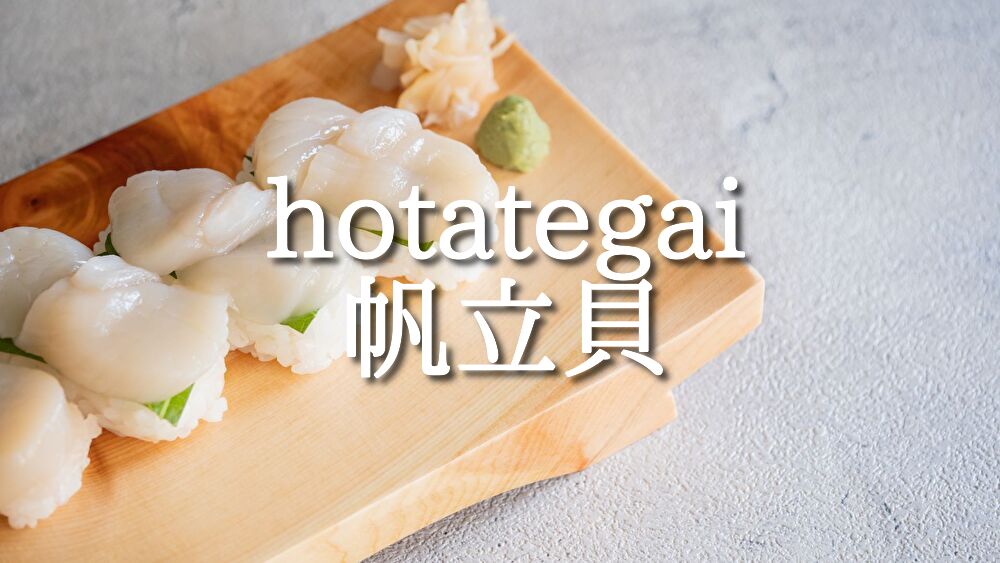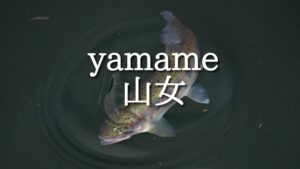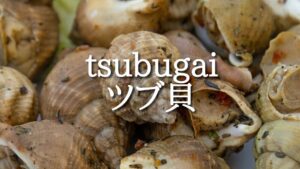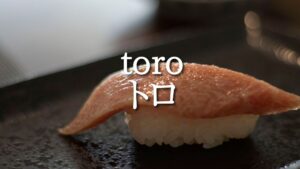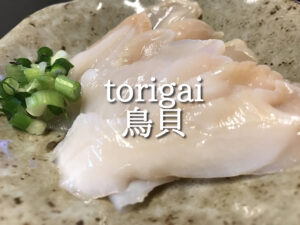What is hotategai in sushi?帆立貝
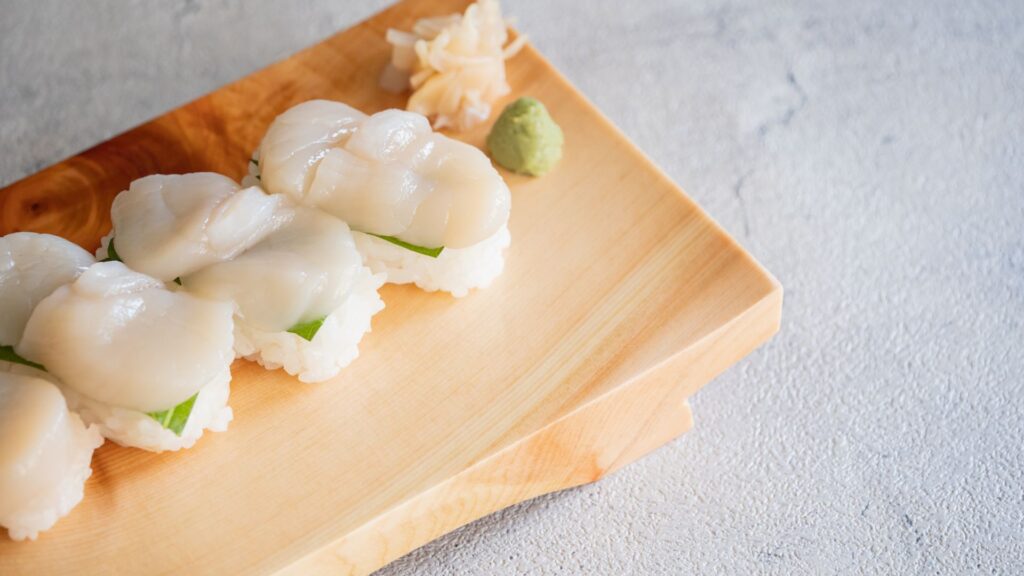
This time, I looked into the various names and seasons for sushi hotategai.
How to call hotategai
【hotategai】scallop ホタテガイ 帆立貝
“Scallop” is known all over the world. Naturally, the name changes from country to country, and it is called by various names. In China, it is called “Shanbei”, and the name has become widespread, as it resembles a scallop like a fan. In France, the scallop shell is considered a symbol of Saint James, hence the name coquille Saint-Jacques.
In Japan, scallops are also called by different names depending on their growth process. Baby scallops are small scallops that are young, and there are 3-year-old scallops, 2-year-old scallops, etc. depending on the age, but all of them are scallops.
The peak season for hotategai
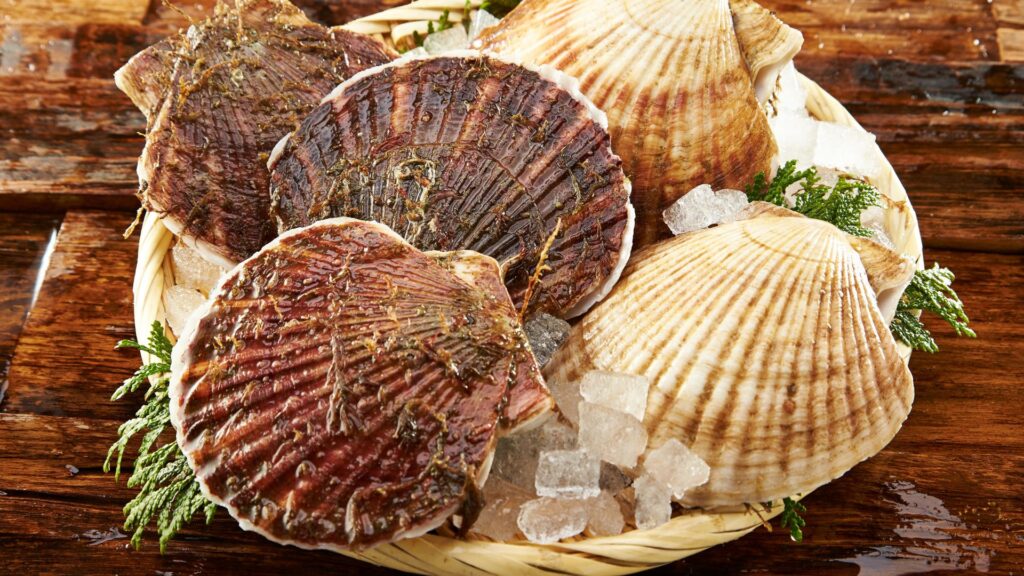
Scallop season occurs twice a year.
Summer season: May to August
During this period, the scallops eat a lot of plankton after spawning, and the scallops grow large and are characterized by their thick scallops. The peak season is especially in July, when you can enjoy very large, thick, and sweet scallops.
Winter season: December to March
During this period, before spawning, scallop eggs begin to grow, reaching their maximum size between February and March. Large-grown scallop eggs are delicious when baked and eaten, but they also make a good soup stock, so they are also recommended for soups.
Additionally, scallops are widely farmed, so they can be eaten all year round. The baby scallops that you often see are scallops that are thinned out during the process of growing them during cultivation, and are thinned out around summer, a year and a half after they are hatched, and then shipped between winter and spring. Thanks to advances in farmed scallop technology, you can now enjoy the same taste as natural scallops.
Scallops live in cold regions such as Hokkaido and the Sanriku region where the water temperature is below 20 degrees Celsius, and grow by eating plankton. Japanese scallops are dioecious, so their growth process is different from scallops from other countries. Most scallops are hermaphrodites, but nearly half of Japanese scallops are born male and change sex to female one to two years later. You can tell the difference between male and female by looking at the gonads of scallops, such as eggs. White is male and red is female, but there is not much difference in taste or flavor.
From the above information, we can see that the best season for scallops and the best time to eat them vary depending on the region and individual.

